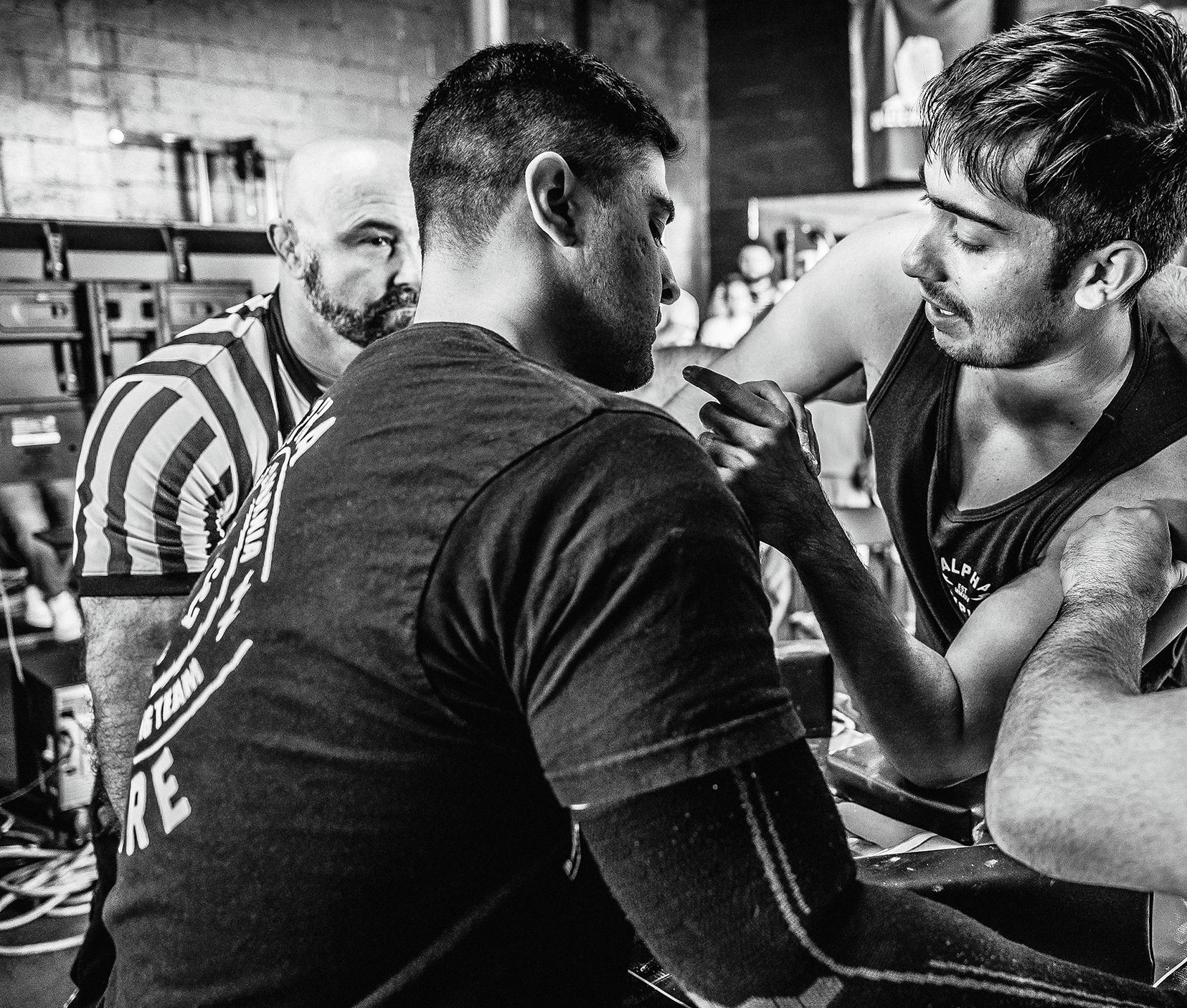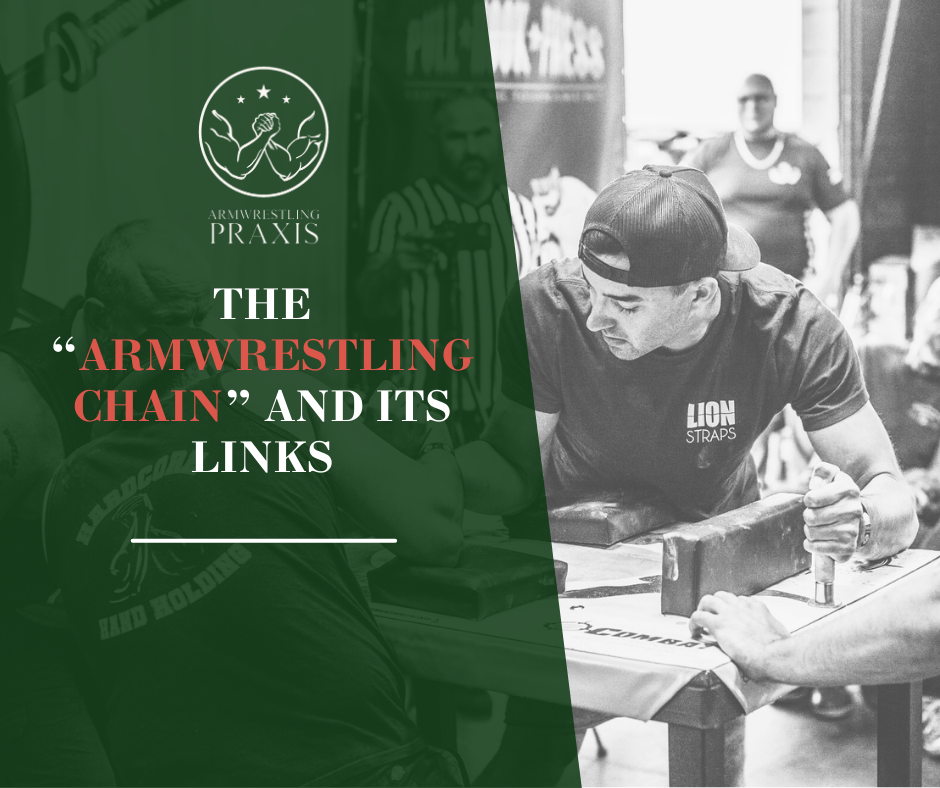Contrary to the name, armwrestling does not primarily depend on the strength of one’s arm.
No doubt the arm – and even the entire body to a degree – contributes to the dance, but professional armwrestlers know that the secret to their success lies elsewhere, and that they must strengthen these other key areas to secure advantages on the table.
Those key areas are the hand, wrist, and forearm.
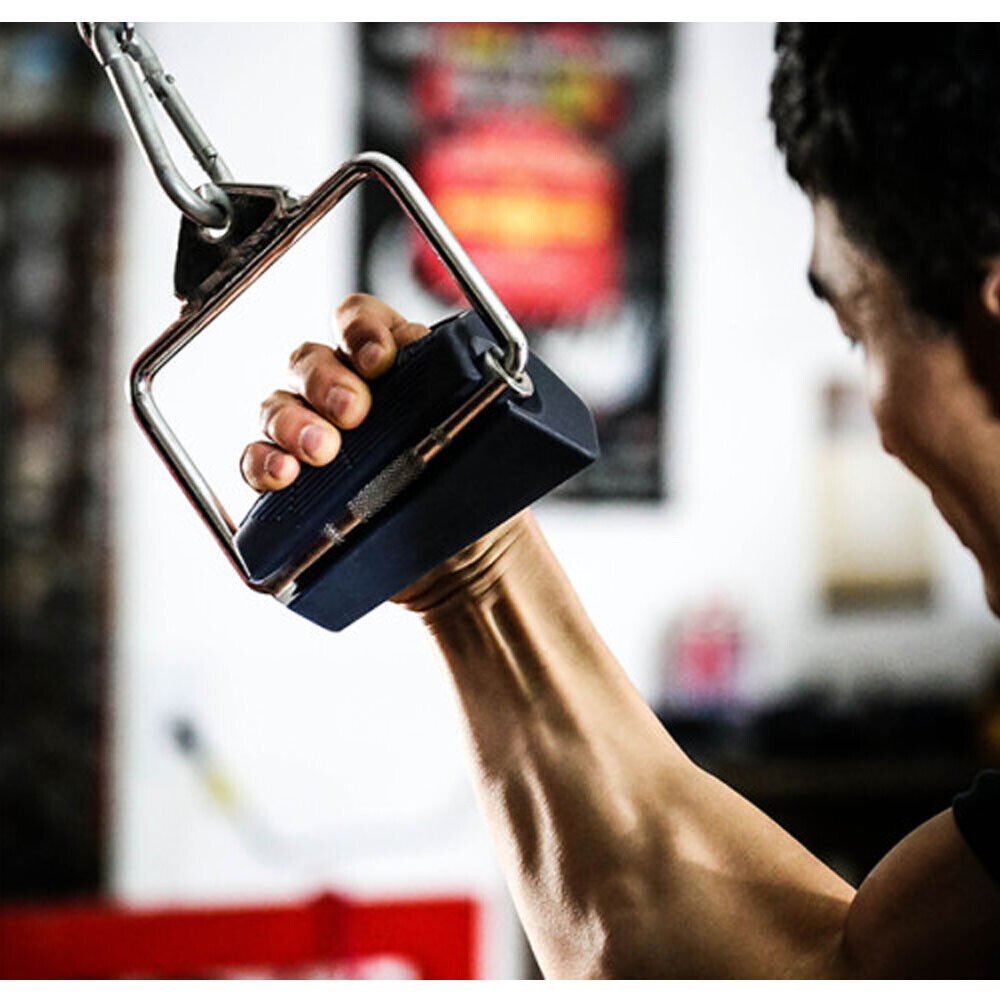 Artarm handle featured
Artarm handle featured
Which Hand Strengths?
We should be more specific.
Hand, wrist, and forearm strength (or “hand strength” for short) can manifest in innumerable ways e.g. crushing grip strength, pinching grip strength, hook grip etc., but not all of them are equally important or even applicable for armwrestling.
So which hand movements are most relevant to the activity?
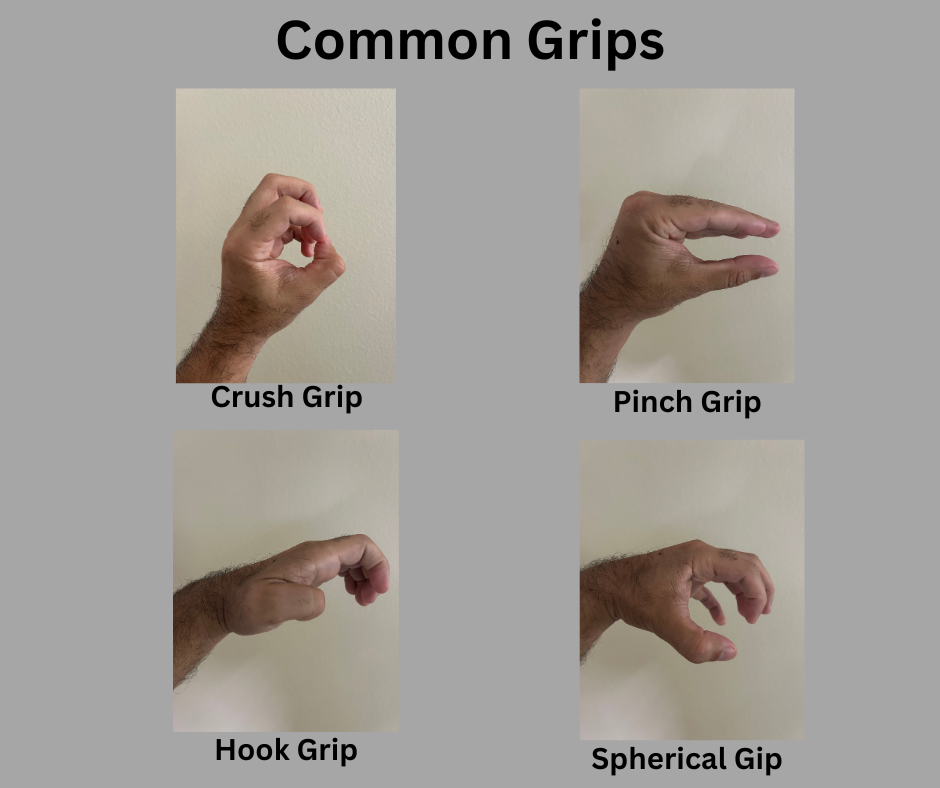 Common Grip Variations
Common Grip Variations
In short, there are three key movements that armwrestlers prioritize above all else.
While there’s some debate about each movement’s importance with respect to the other two, the general consensus ranks all three at the top of the pyramid when it comes to armwrestling-specific strengths. In no particular order of importance, they are:
- Wrist/Finger Flexion
- Pronation
- Radial Deviation
Let’s go into more detail for each of these.
Wrist/Finger Flexion
Wrist flexion or “Cupping” is the act of bending one’s wrist so that the palm faces towards the forearm.
When you hear armwrestlers talking about their Cup, they are primarily referring to wrist flexion, although a degree of finger flexion plays a supporting role due to the fact that we must actually grip our opponent’s hand while armwrestling.
For this reason, Cupping can mean either wrist flexion or wrist AND finger flexion depending on the situation.
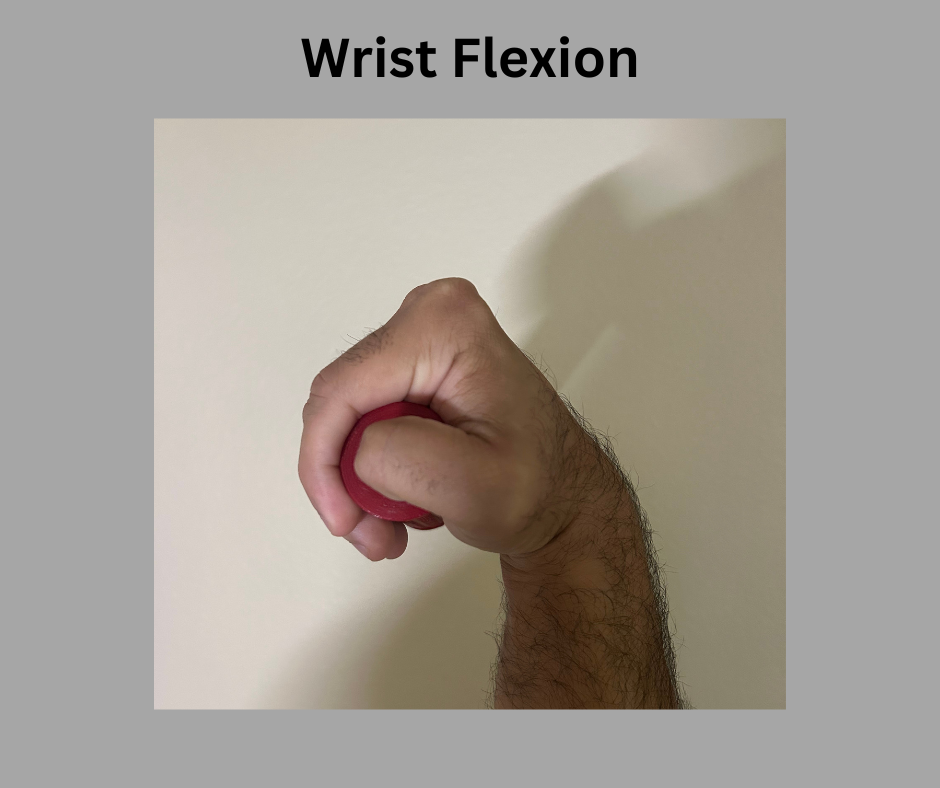
Having a strong Cup allows one to “contain” their opponent’s hand, thereby placing them in a defensive position where they have less access to their strength and are forced to recruit fewer muscles in the fight.
Cupping is present in nearly every technique that you’ll encounter on the armwrestling table, and so, should be heavily focused on in the gym and during table-sparring sessions.
Pronation
Hold out your hand with your palm facing upward. Now rotate it so that your palm faces downward.
That’s pronation.
In armwrestling, pronation strength is usually expressed in a static manner and the objective is not necessarily to pronate through a large range of motion, but rather, to “maintain one’s pronation” or maintain one’s wrist position anywhere between a neutral-grip to a fully pronated grip (shown below).
 Various grips shown. In armwrestling, pronation usually refers to any position between a neutral pronated grip and a fully pronated grip
Various grips shown. In armwrestling, pronation usually refers to any position between a neutral pronated grip and a fully pronated grip
The ability to “maintain our pronation” in an armwrestling match unlocks the potential for offensive movement and, through it, access to a huge range of technical ability.
Although we would ideally want to maintain pronation from a neutral grip towards a fully pronated grip, there are defensive situations when our wrist becomes more supinated where we can still utilize pronation strength (though it is less effective than a more pronated position).
 Defensive position is depicted here where pronation is less effective since the hand is “palm-up” i.e. more supinated. Photo by Jackson Ruckar
Defensive position is depicted here where pronation is less effective since the hand is “palm-up” i.e. more supinated. Photo by Jackson Ruckar
One final point to note is that pronation is the mortal enemy of the previous movement: Cup. Pronation and Cup negate each other in an armwrestling setting.
Radial Deviation
This final movement is one of the most underutilized strengths in armwrestling (even among competitive athletes), but the proper use and development of it can mean the difference between a narrow loss and complete control of your opponent.
I’m referring to the subtle movement called “radial deviation” which occurs when you bend your wrist “upwards” or towards the thumb and the radius bone.
 Radial deviation or “Rise”
Radial deviation or “Rise”
The ability to apply radial deviation or “Rise” during an armwrestling match is one of the deadliest weapons in the game, and the top pros all recognize its importance within the armwrestling-strengths hierarchy – one of the best armwrestlers on the planet, Devon Larratt, is one of the biggest proponents of having a strong Rise.

The short version of the “why” is that having a stronger Rise or “Out-Rising” your opponent enables you to dictate the tactical conditions of the match and places your opponent in a “reactive” (rather than active) position with respect to you.
The exact mechanics of why this happens are outside the scope of this article, but just know that your time is well spent training this subtle, but lethal motion.
Rise, Cup, Roll
And there it is. The top three areas of strength in armwrestling are Wrist/Finger Flexion, Pronation, and Radial Deviation.
Rise, Cup, Roll.
For those who are new to the sport, it may come as a surprise that the hand, wrist, and forearm occupy such a prominent position within armwrestling, yet once this knowledge has been internalized it becomes an easier task to focus our training efforts and incorporate the movements which allow us to progress in the specific activity that is armwrestling.
While I’ve provided practical descriptions of each movement here, there are several other things that must be explained in order to have a more complete understanding of how they pertain to armwrestling situations.
Those articles will be published soon and linked below.
